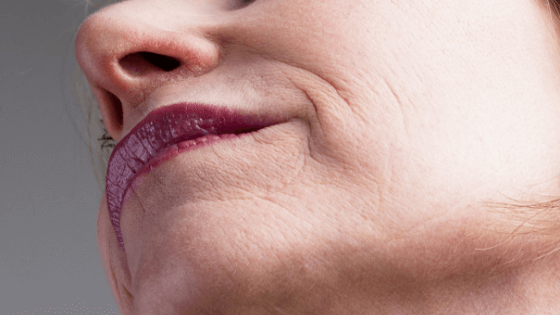Occasionally, I see a patient with a large area of baldness right at the top or crown of the head. While a NeoGraft hair transplant would be an excellent option, the bald area may be so large that it would take too many follicular unit (FUE) grafts and several procedures to achieve the density that would result in a satisfactory result. In these cases, a Scalp Reduction may be an excellent option or addition to hair restoration.
The simple explanation of a scalp reduction would be that a strip of non-hair bearing scalp is excised (surgically cut out) and the edges of the wound sutured back together. One or two centimeters of scalp can usually be removed with this method. The sutures are removed in a week or so. It is important for your surgeon not to remove so much scalp that the tension of the adjacent scalp is excessive. Excessive tension can result in a wide scar and even more alopecia from the tension and reduction in blood supply (under tension blood supply diminishes). Your surgeon can simply push your scalp together during an examination and determine if it is mobile enough for the procedure. You can actually move your scalp together yourself. Some people have a very mobile scalp and in others it is very tight.
The goal with a Scalp Reduction is to bring the hair bearing scalp on each side of the bald area together. If possible no further surgery is necessary. Generally it is not, however, and a NeoGraft hair restoration procedure can be performed at a later date. Since much of the bald area will have been removed with the Scalp Reduction, a lesser number of NeoGraft grafts will need to be transplanted from the back of the scalp to achieve enough density for a satisfactory result.
Ronald Finger, MD, FACS
912-354-4411
www.fingerandassociates.com
www.hairrestorationsavannah.com




